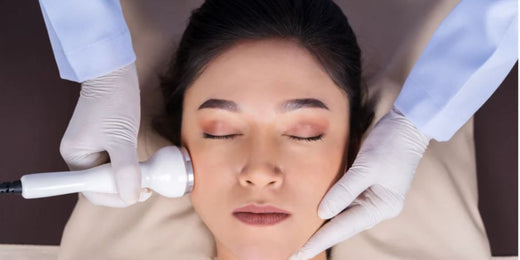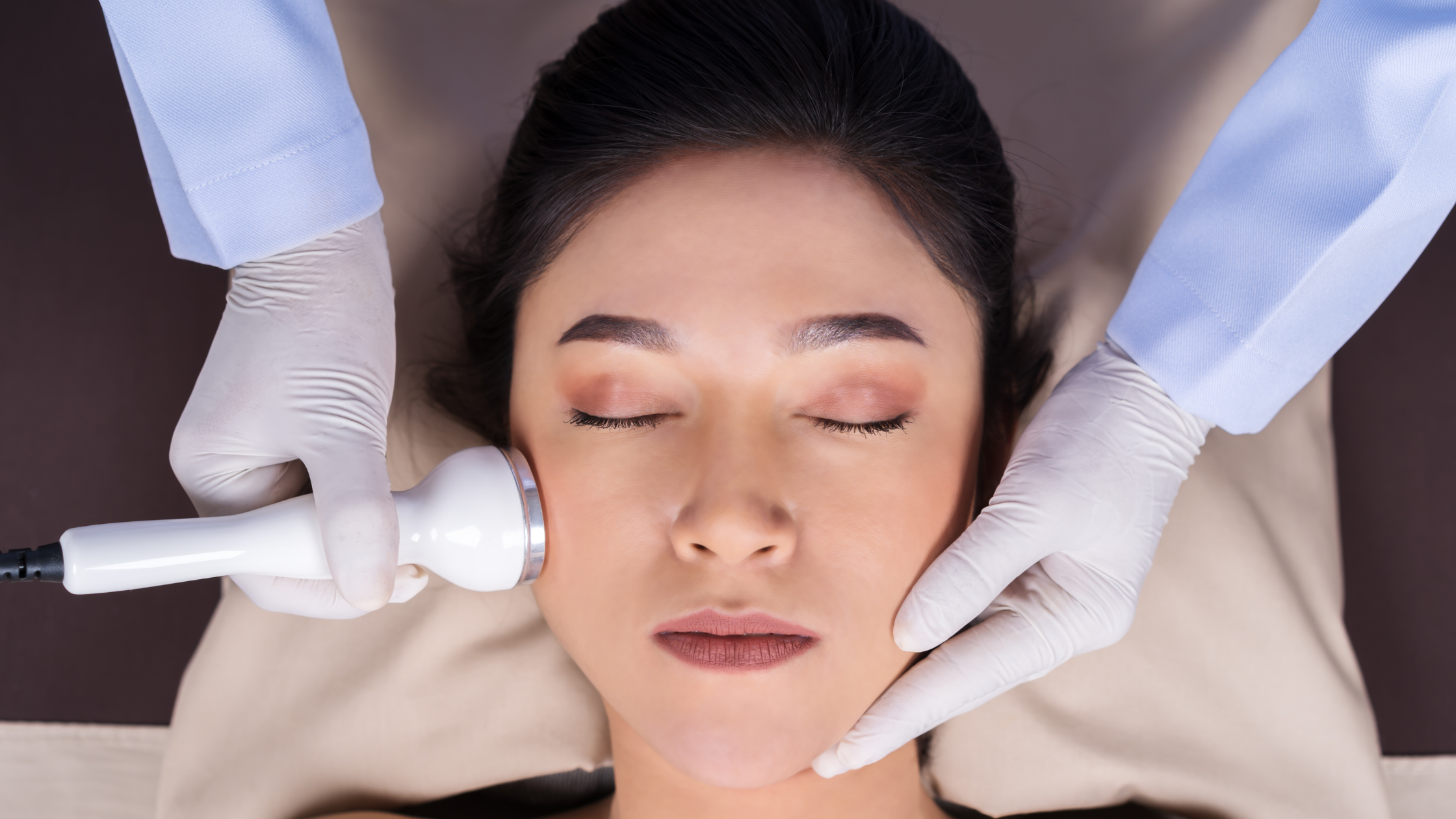
Ayurvedic Skin Care Guide With Treatments & Products
Ayurveda has the wisdom of ages when it comes to skin healing and better overall health. So, if you have had enough of harmful ingredients and added chemicals, it is time to consider the Ayurvedic way of taking care of your skin.
Now, Ayurveda looks at skin types and treatments in a different way than the standard practice. The skin types are classified differently and the treatments are based on natural herbs and oils.
So, since you are ready to embrace Ayurveda, you need to know about these skin care factors. Read on and start taking the Ayurvedic way.
Understanding Different Skin Types as Per Ayurveda

Image Source: Photo by KamranAydinov: Freepik
Ayurveda believes that the human body is composed of three main doshas: kapha, pitta, and vata. The balance of these doshas at any point in time can determine each biological function of the human body, along with the Ayurvedic skin types.
The balance of vata, kapha, and pitta doshas is different for different individuals, which gives them a separate skin type. Ayurvedic treatments for skin are basically focused on determining the dosha type and recommending the treatment plan that suits the dosha type the best. Ayurvedic experts also try to decipher a person’s doshas to understand their skin problems. Here is how different doshas impact the skin in separate ways:
1. Vata Skin Type
When you have vata skin, it is going to seem dry and rough and need ample moisturizing. The kind of moisturizers that have a bit of oil present in them work the best for this type of skin. Many experts suggest using Ashwagandha supplements or Ashwagandha in face masks to improve skin brightness.
2. Pitta Skin Type
This skin type is the exact opposite of a vata skin type. So, when pitta becomes the dominant dosha, the skin of the person seems greasy. They are much more susceptible to developing a wide range of skin problems, allergies, and acne. Pitta skin type needs the cooling effect of Aloe Vera, sandalwood, and the likes.
3. Kapha Skin Type
Kapha skin types are a lot similar to the pitta skin type. Since this dosha leads to an oily skin, it makes the skin prone to pimples, acne, and several other skin problems. It is a skin type that benefits immensely from exfoliation.
Now that you know the dosha skin types, let’s help you understand things better by explaining the popular terms used for the skin types:
4. Dry Skin
This skin type tends to generate less sebum compared to a normal skin. It does not have the lipids necessary to hold moisture in and offer a protective cover against most external influences. It mostly happens because of a lack of sebum that disrupts the function of the skin barrier.
5. Normal Skin
Normal skin is the skin type that’s well-balanced. The ones with this particular skin type have oily T-zone and that includes the chin, nose, and forehead. Even then, skin moisture and sebum stay in perfect equilibrium. So, the skin will not feel too greasy or dry in these circumstances.
6. Oily Skin
Oily is the term used to describe the skin type that produces excess sebum. Also, oily skin is usually accompanied by visible, larger pores that tend to shine brighter. Oily skin is usually bothered by acne, whiteheads, and blackheads. Mild acne is usually found on the face, chest, shoulders, and throat.
7. Combination Skin
Combination skin types have different cheek and T-zone features, which range from a majorly enlarged area to a highly narrow zone. Also, overproduction of sebum triggers the oilier areas of this skin type. A lipid deficit and inadequate sebums might make parts of a combination skin drier.
Also , check our 100% Ayurvedic blood purifier syrup for glowing skin
Ayurvedic Treatments for Different Skin Types

Image Source: Photo by Drazen Zigic: Freepik
Different Ayurvedic treatments are helpful for different skin types. Here are some of the general treatments that work on almost all skin types:
1. Exfoliate the skin using all natural ingredients -
You can use Ayurvedic masks and scrubs as physical exfoliants. Apart from good quality Ayurvedic exfoliators brought online, you can use natural ingredients like salt and sugar. Salt can help in removing the dry and rough patches of the dead skin easily. In addition to that, you can choose sugar over salt in order to avoid the stingy feeling that some people get from rubbing salt on skin.
2. Use kumkumadi oil on the face
Kumkumadi oil or Kumkumadi Tailam is an important Ayurvedic oil that is used for different dermatological reasons. It is a blend of different essential oils and herbs that make it a unique oil. The kumkumadi oil has both aesthetic and medicinal advantages on your skin, with zero negative side effects. Also, kumkumadi oil works as a moisturizer, cleanser, and toner that can help to enrich and enhance the skin.
Do check our indepth guide about benefits of Kumkumadi oil to know more about it's uses.
3. Use herbal oils to enrich your skin
Herbal oils are loaded with qualities that can enhance your skin health, remove the blemishes, and promote moisture. Many oils can help in getting rid of common skin issues like acne, psoriasis, and eczema. Due to the healing and soothing properties, herbal oils can be helpful in reducing stress – the signs of which can show up on your skin.
4. Use Manjishtadi Kwath for Better Skin
Manjishtadi kwath is a type of blood purifier that is helpful in the treatment of a host of skin problems. Some of the Ayurvedic herbs that help in skin care include blood purifying elements like amla or gooseberry, neem, and manjistha or Rubia. It is immensely beneficial in the natural treatment of skin conditions like pimples and acne. Also, you can prepare the manjistha kwath for the Ayurvedic treatment of severe eczema. It is a prevalent skin disorder that can impact millions of individuals all over the world.
In addition to this also look at our latest blog where we have mentioned benefits of Multani Mitti for skin.
The Bottom Line
And that’s all! You can follow the tips and suggestions mentioned above to take better care of your skin. As you take the natural path, you will see a remarkable improvement in your skin type and brightness within a few days. Go ahead and give the techniques mentioned above a try.





